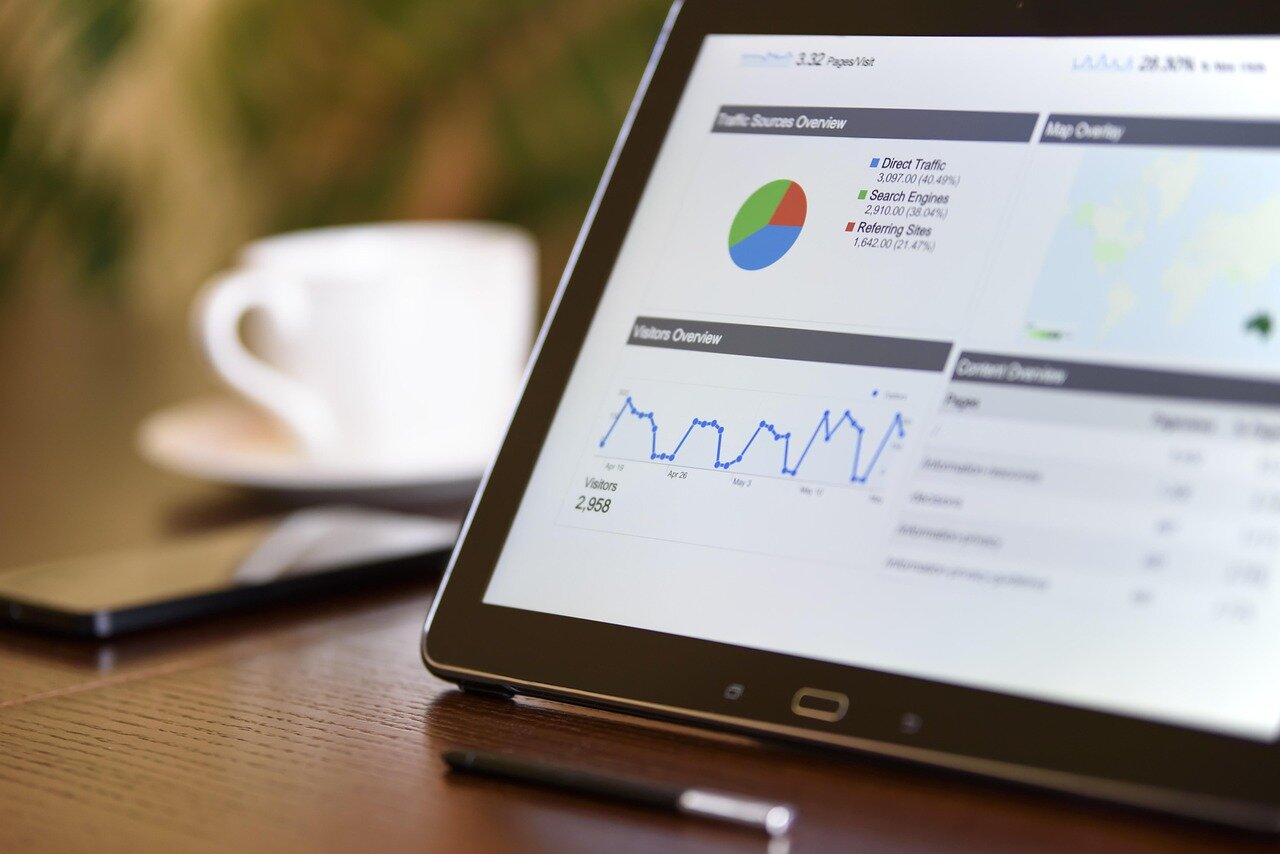June 20th, 2025
Turn Complex Data into Clear Insights with Smart Analysis Tools
By Simon Avila · 5 min read

Data is everywhere. But turning it into clear answers? That’s where most teams struggle.
According to a 2023 survey by Product School, 74% of business leaders say their teams struggle to extract actionable insights from the data they collect[2]. The problem isn’t a lack of information—it’s the complexity of turning raw numbers into clear, useful answers. When you’re working without a dedicated analyst or advanced coding skills, the gap between data and decision-making can feel wide.
That’s where smart analysis tools matter. With platforms like Julius, you can upload your files, ask questions in plain English, and get expert-level insights and visualizations in minutes.
This article explains how these tools work and what sets Julius apart for knowledge workers and data scientists alike.
Why Data Analysis Software Matters for Teams
The growing need for accessible data insights
Organizations collect more data than ever, but traditional analysis methods often require specialized skills or time-consuming manual work. This slows down decision-making and leaves valuable insights untapped. AI-powered data analysis software addresses these challenges by automating complex tasks and making advanced analytics accessible to everyone[1][2].
Key Benefits of AI Data Analysis
• Processes large datasets quickly, saving hours or days of manual work[3].• Identifies trends and patterns that are easy to miss with manual review[2].
• Presents insights in clear, understandable formats for non-technical users[3].
• Supports better, faster business decisions by surfacing actionable information[4].
For example, a marketing manager can upload campaign data and ask, “Which channels delivered the highest ROI last quarter?” The platform returns a clear answer, complete with charts and supporting data.
How AI-Powered Data Insights Platforms Work
AI data analysis platforms use machine learning and natural language processing to automate every stage of the analytics process. Here’s how the workflow typically unfolds:
Data Collection and Preparation
• Upload files in formats like Excel, CSV, or Google Sheets.
• The system automatically cleans, merges, and prepares datasets for analysis[3].
• No coding or manual data wrangling required.
Automated Analysis and Visualization
• Users ask questions or request visualizations using plain English.
• The platform interprets requests, runs the necessary calculations, and generates charts, graphs, or dashboards.
• Advanced features include predictive analytics, anomaly detection, and time series forecasting[3].
Expert-Level Insights
• The system highlights key findings, trends, and outliers.
• Users receive recommendations or next steps based on the data.
Technical Example: Time Series Forecasting
To forecast future sales, the platform might use a model like ARIMA or Prophet. The user simply asks, “What are the projected sales for the next six months?” The system analyzes historical data and returns a forecast chart, along with confidence intervals.
Julius AI: A Conversational Analytics Platform for Everyone
Julius stands out by combining a conversational interface with robust analytics capabilities. Users can interact with their data as if they were chatting with an expert analyst. This approach lowers the barrier to entry for non-technical users while still offering the depth and flexibility that data scientists expect.
Julius Data Visualization Features
• Generate a wide range of charts and dashboards automatically.
• Customize visualizations with simple commands.
• Export results for presentations or further analysis.
Julius Excel Integration
• Upload Excel files directly for instant analysis.
• Merge multiple sheets or datasets without manual formatting.
• Receive insights and visualizations tailored to your business questions.
• No coding required—just ask questions in plain English.
• Automated data cleaning and merging save hours of manual work.
• Visualizations and dashboards are generated in seconds.
Comparing Julius to Other Data Analysis Tools
How does Julius measure up?
When evaluating data analysis software, consider these criteria:

Julius offers a unique blend of conversational analytics, automated data preparation, and deep integration with Excel. This makes it a strong choice for teams that want fast, accurate insights without the need for programming or complex setup.
AI Data Analysis Trends
What’s shaping the future of business intelligence?
The use of AI in data analytics is accelerating. According to a 2024 report, AI-powered tools now handle everything from data ingestion to advanced predictive modeling[1][2]. Key trends include:
• Natural language interfaces that let users “talk” to their data.
• Automated anomaly detection to flag errors or emerging patterns.
• Integration with cloud platforms for real-time, scalable analysis[1].
Industry experts predict that by 2026, over 60% of business intelligence queries will be generated using natural language, up from less than 20% in 2023[2].
Framework: The Data Analysis Lifecycle
1. Data Collection: Gather raw data from multiple sources.
2. Data Preparation: Clean, merge, and structure data for analysis.
3. Analysis: Apply statistical or machine learning models.
4. Visualization: Present findings in charts, graphs, or dashboards.
5. Insight Generation: Translate results into actionable recommendations.
Julius automates each step, reducing manual effort and making advanced analytics accessible to more users.
Getting Started with Julius
Julius offers a range of pricing plans, including a free trial for new users. Enterprise pricing is available for organizations with advanced needs, such as custom integrations or large-scale deployments. This flexibility allows teams of any size to access powerful data analysis tools without a long-term commitment.
Final Thoughts
Smart analysis tools are closing the gap between complex data and clear insights. Platforms like Julius make it possible for anyone to analyze, visualize, and understand their data—no coding required.
By automating data preparation, analysis, and visualization, Julius helps teams move from raw numbers to actionable answers in minutes.
If you want to see how easy data analysis can be, try uploading your next dataset and asking your toughest question. The answer might be simpler than you think.
